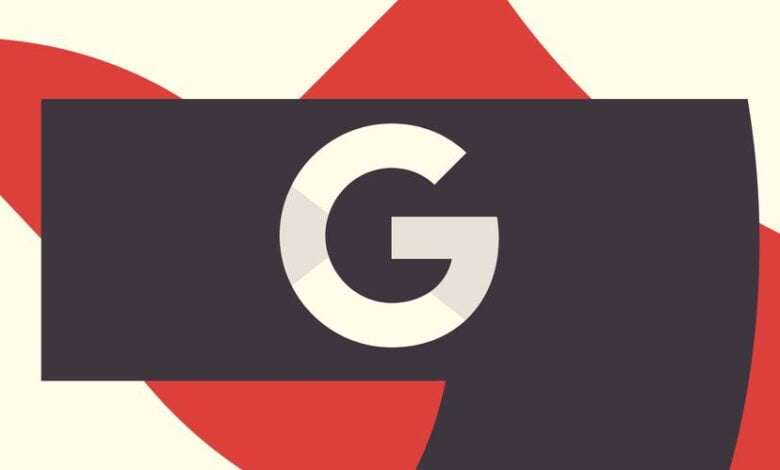Google Empowers Users to Solve Mathematics and Physics Problems with Upgraded Search Features

Google has announced the addition of advanced features to its Search and Lens platforms, allowing users to solve mathematics and physics problems. The updates include the integration of large language models powered by artificial intelligence (AI) technology. Users can now seek assistance with word problems and fundamental topics in high-school physics, unraveling the unknown values and identifying appropriate formulas to apply.
While the latest Google Search upgrade is expected to aid students in their studies, it also raises concerns for examiners who have been grappling with the use of large language models like OpenAI’s ChatGPT to cheat on exams and tests.
Rob Wong, the Product Lead at Google, explained that the new features provide a more intuitive way for users to grasp STEM-related concepts. By visualizing complex equations and scenarios using Search and Lens, students can receive step-by-step explanations and solutions. The equation or integral can be directly entered into the Search bar, or a picture of the problem can be taken using Lens.
“Say you are tasked with finding the area of a triangle, and all you are given is a diagram of the triangle as well as measurements of two of the sides. Without being able to take a picture of the problem, it’s hard to put into words what you need help with.“Now, instead of trying to come up with a written query that describes your visual problem, you can use Lens on certain triangle problems, to interpret both the visual and the text components of the problem, and generate a step-by-step explanation of how to solve it,” he said.
However, solving geometry problems using Search presents an additional challenge. Describing a geometry problem solely through text can be difficult. To address this, Google has enabled Lens to interpret visual components, such as diagrams, accompanying the problem. This allows users to generate comprehensive solutions without cumbersome written queries.
Google has also launched new 3D models on Search, offering interactive diagrams for nearly 1,000 topics including biology, chemistry, physics, and astronomy. These 3D models were initially introduced in 2021, featuring over 200 concepts in fields like chemistry, biology, physics, and anatomy.
With these advancements, Google aims to make STEM education more accessible and engaging for students and learners. By simplifying the process of obtaining help with math and science problems, Google seeks to enhance understanding and foster a deeper appreciation for these subjects.




